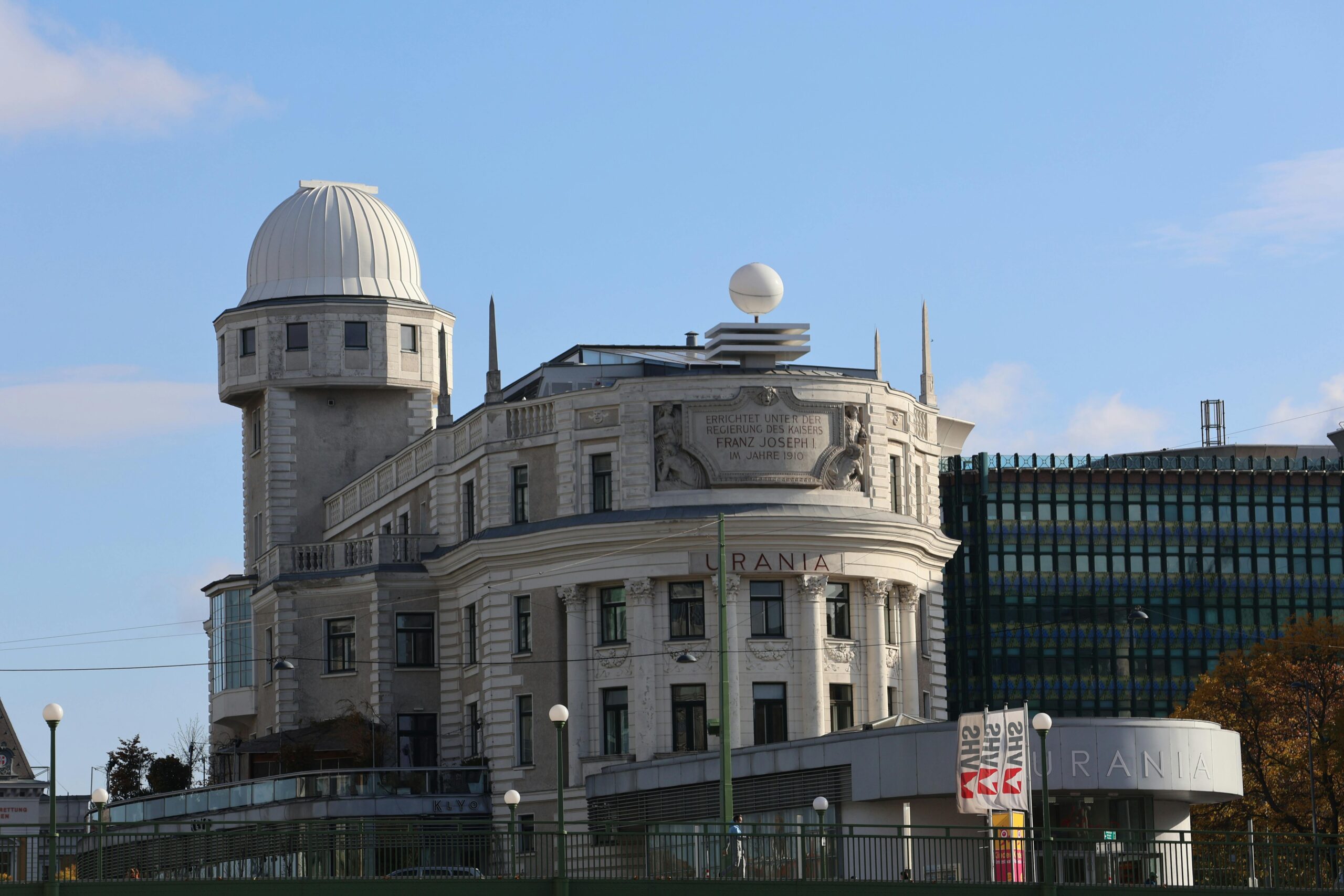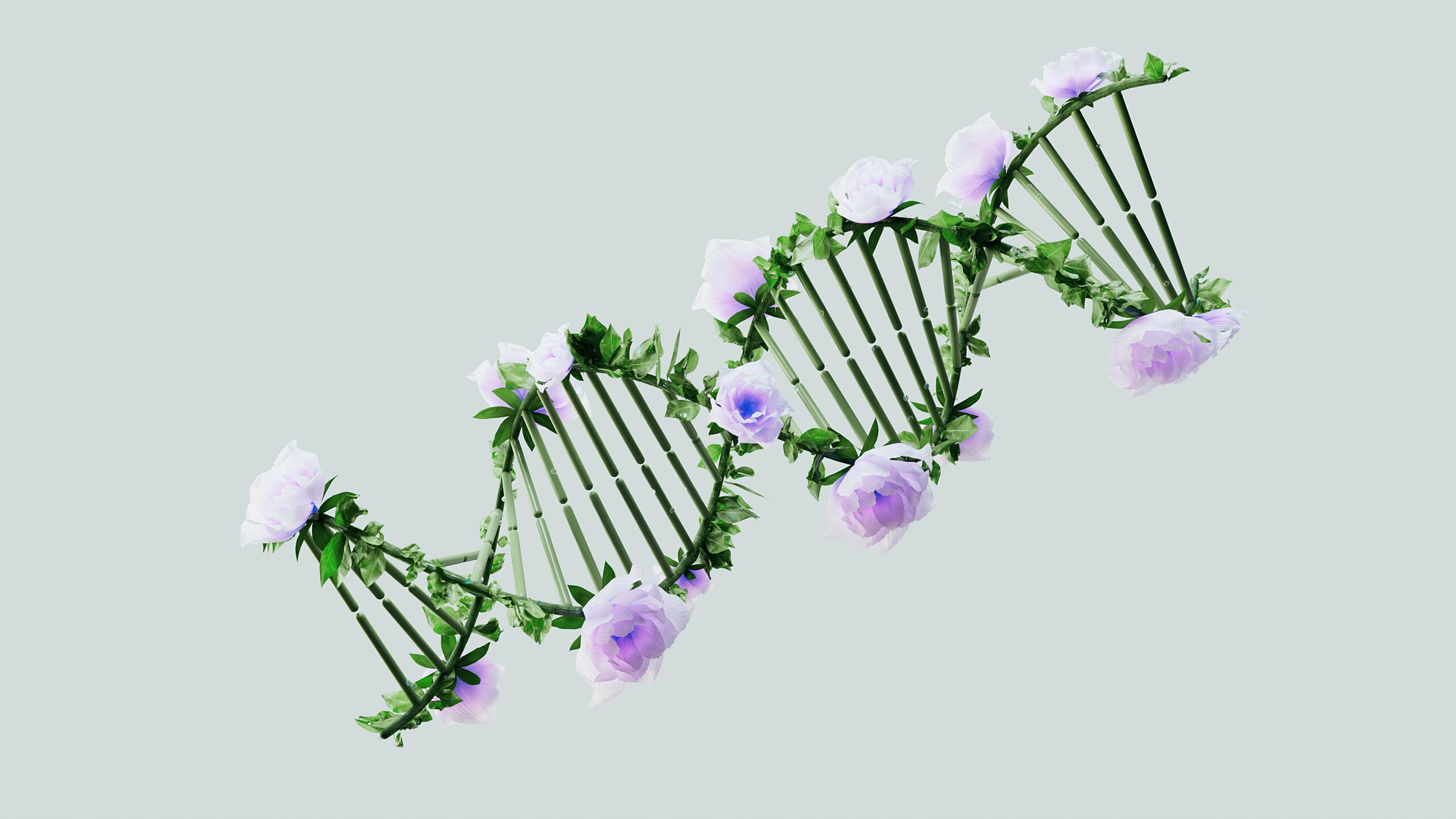Scientists have long sought the fountain of youth, but modern research reveals the answer may lie within our cells’ epigenetic mechanisms. 🧬
The quest to understand and potentially reverse aging has captivated humanity for millennia. Today, we stand at the frontier of a revolutionary scientific breakthrough that promises to transform how we perceive biological aging. Epigenetic clocks and biomarkers represent cutting-edge tools that can measure our true biological age with remarkable precision, offering insights that chronological age alone cannot provide.
Unlike the fixed passage of calendar years, biological aging varies significantly between individuals. Two people born on the same day may age at vastly different rates, with one maintaining youthful vitality while another experiences accelerated decline. This phenomenon has puzzled researchers for decades, but epigenetic science is finally providing answers that could revolutionize medicine, longevity research, and our approach to health optimization.
🔬 Understanding Epigenetics: The Language Written on Our DNA
Before diving into epigenetic clocks, we must understand what epigenetics actually means. The term refers to chemical modifications that occur on our DNA and the proteins that package it, without changing the underlying genetic sequence itself. Think of your DNA as a massive instruction manual for building and maintaining your body—epigenetics represents the highlighting, bookmarks, and sticky notes that determine which instructions get read and when.
The most studied epigenetic modification is DNA methylation, where methyl groups (consisting of carbon and hydrogen atoms) attach to specific locations on DNA molecules. These methylation patterns act like biological switches, turning genes on or off, increasing or decreasing their activity. As we age, these patterns change in predictable ways across our genome, creating a molecular signature of aging that scientists have learned to read with increasing accuracy.
What makes epigenetic changes particularly fascinating is their dynamic nature. Unlike the fixed genetic code you inherit from your parents, epigenetic marks can be influenced by lifestyle factors including diet, exercise, stress levels, sleep quality, and environmental exposures. This plasticity means that biological aging isn’t entirely predetermined—it can potentially be modulated through targeted interventions.
The Birth of Epigenetic Clocks: From Theory to Reality
The concept of epigenetic clocks emerged from observations that DNA methylation patterns change systematically with age. In 2011, researchers began developing algorithms that could predict chronological age by analyzing methylation patterns at specific sites across the genome. However, the true breakthrough came in 2013 when Dr. Steve Horvath, a professor of human genetics and biostatistics at UCLA, published his groundbreaking work on a multi-tissue epigenetic clock.
Horvath’s clock analyzed methylation levels at 353 specific sites across the human genome and could predict chronological age with an average accuracy of within 3.6 years. What made this discovery truly revolutionary was that it worked across virtually all tissues and cell types in the human body, suggesting it was measuring a fundamental aspect of the aging process itself rather than tissue-specific deterioration.
Since Horvath’s original clock, numerous other epigenetic clocks have been developed, each with different strengths and applications. The Hannum clock, published around the same time, focused on blood samples and showed excellent correlation with chronological age. More recently, second-generation clocks like PhenoAge and GrimAge have been designed not just to predict chronological age, but to estimate biological age and predict mortality risk with remarkable accuracy.
⏰ How Epigenetic Clocks Actually Work
The mechanics of epigenetic clocks involve sophisticated bioinformatics and machine learning algorithms, but the underlying principle is elegantly simple. Scientists collect DNA samples from thousands of individuals of known ages, analyze methylation patterns at hundreds or thousands of sites across their genomes, and use statistical methods to identify which combinations of methylation markers best predict age.
The process begins with sample collection—typically blood, saliva, or tissue samples containing DNA. Advanced laboratory techniques then measure methylation levels at specific genomic locations. These measurements are fed into mathematical algorithms that weight the contribution of each methylation site and calculate an overall age estimate.
What distinguishes biological age from chronological age is that the epigenetic clock can tick faster or slower than calendar time. Someone with an accelerated epigenetic clock—whose biological age exceeds their chronological age—typically shows increased risk for age-related diseases and mortality. Conversely, individuals with slower epigenetic aging often exhibit better health outcomes and increased longevity.
Different Clocks for Different Purposes
Not all epigenetic clocks are created equal, and researchers have developed specialized versions for different applications:
- First-generation clocks (Horvath, Hannum) excel at estimating chronological age with high accuracy across diverse tissues and populations
- PhenoAge incorporates clinical biomarkers alongside methylation data to better predict healthspan and disease risk
- GrimAge focuses specifically on mortality prediction and has shown remarkable accuracy in forecasting lifespan
- DunedinPACE measures the pace of aging itself, tracking how quickly someone is aging rather than their current biological age
- Skin & Blood clocks are tissue-specific versions optimized for particular sample types
🧪 Beyond Methylation: Other Biomarkers of Aging
While DNA methylation clocks have captured significant attention, they represent just one category of aging biomarkers. A comprehensive assessment of biological age increasingly involves multiple measurement modalities that together paint a more complete picture of aging processes.
Telomere length has long been recognized as an aging marker. These protective caps on chromosome ends shorten with each cell division, eventually triggering cellular senescence. However, telomere measurements show considerable variability and have proven less predictive than initially hoped when used in isolation.
Inflammatory markers provide crucial information about systemic inflammation, often called “inflammaging”—the chronic low-grade inflammation that increases with age and contributes to numerous age-related pathologies. Biomarkers like C-reactive protein, interleukin-6, and TNF-alpha offer valuable insights into this dimension of aging.
Metabolomic and proteomic profiles analyzing hundreds or thousands of metabolites and proteins in blood samples are emerging as powerful aging biomarkers. These molecular signatures reflect the body’s metabolic state and can reveal dysfunction long before clinical symptoms appear.
The Clinical Applications: From Research to Real-World Impact 💊
Epigenetic clocks and aging biomarkers are transitioning from research curiosities to practical clinical tools with profound implications for healthcare. Their applications span multiple domains, from preventive medicine to drug development.
In personalized medicine, biological age assessments can identify individuals at elevated risk for age-related diseases decades before symptoms appear. This early warning system enables proactive interventions—lifestyle modifications, targeted supplementation, or medical treatments—that may slow or reverse accelerated aging processes.
Pharmaceutical companies are increasingly using epigenetic clocks as endpoints in clinical trials for longevity interventions. Rather than waiting decades to see if a treatment extends lifespan, researchers can now measure whether interventions slow biological aging over months or years. This dramatically accelerates the development timeline for anti-aging therapeutics.
Forensic applications represent another frontier, where epigenetic age estimation helps identify unknown remains or verify age claims when documentation is unavailable. The accuracy of modern epigenetic clocks makes them valuable tools in criminal investigations and humanitarian work.
🏃♀️ Lifestyle Factors That Influence Your Epigenetic Age
One of the most exciting aspects of epigenetic clocks is what they’ve revealed about modifiable aging factors. Research consistently shows that lifestyle choices significantly impact biological aging rates, empowering individuals to take control of their aging trajectory.
Exercise emerges as one of the most potent anti-aging interventions. Multiple studies demonstrate that regular physical activity slows epigenetic aging, with both aerobic exercise and resistance training showing benefits. Even moderate activity levels—150 minutes of moderate exercise weekly—can meaningfully reduce biological age compared to sedentary lifestyles.
Dietary patterns profoundly influence epigenetic aging. Mediterranean-style diets rich in vegetables, fruits, whole grains, legumes, nuts, and olive oil consistently associate with slower biological aging. Conversely, diets high in processed foods, added sugars, and unhealthy fats accelerate epigenetic age. Caloric restriction and time-restricted eating have also shown promise in animal models and early human studies.
Sleep quality and duration significantly affect aging biomarkers. Chronic sleep deprivation accelerates epigenetic aging, while consistent, adequate sleep (typically 7-9 hours for adults) supports healthy aging. Sleep disruptions also increase inflammatory markers and metabolic dysfunction that compound aging effects.
Stress management cannot be overlooked. Chronic psychological stress accelerates biological aging through multiple mechanisms, including increased inflammation, oxidative stress, and direct effects on DNA methylation patterns. Conversely, stress-reduction practices like meditation, yoga, and social connection may slow epigenetic aging.
📊 The Science of Reversing Biological Age
Perhaps the most tantalizing question is whether biological age can actually be reversed. Emerging evidence suggests the answer may be yes, though the field remains in its early stages and much research remains to be done.
The TRIIM trial, published in 2019, provided the first evidence that biological age reversal might be possible in humans. Participants received a combination of growth hormone and diabetes medications alongside DHEA supplementation. After one year, participants showed an average reduction in epigenetic age of 2.5 years—their biological clocks had apparently turned backward.
Cellular reprogramming represents a more experimental frontier. Scientists have discovered that introducing specific transcription factors (the Yamanaka factors) can reprogram adult cells back to an embryonic-like state, essentially resetting their epigenetic clocks to zero. While full reprogramming would be dangerous in living organisms, partial reprogramming may rejuvenate tissues without causing dedifferentiation.
Senolytic drugs that selectively eliminate senescent “zombie” cells accumulating with age show promise in animal studies and early human trials. By clearing these dysfunctional cells that secrete inflammatory factors and damage surrounding tissues, senolytics may slow or reverse aspects of biological aging.
🌐 Challenges and Limitations of Current Epigenetic Clocks
Despite their impressive capabilities, epigenetic clocks face several important limitations that researchers are actively working to address. Understanding these constraints is essential for appropriate interpretation and application of biological age measurements.
Population diversity remains a challenge. Most epigenetic clocks were developed primarily using data from individuals of European ancestry, potentially limiting their accuracy in other ethnic groups. Researchers are working to develop more inclusive clocks trained on diverse populations to ensure equitable access to this technology.
The molecular mechanisms underlying epigenetic aging remain incompletely understood. While we can measure methylation changes that correlate with age and health outcomes, we don’t fully understand whether these changes are causes of aging, consequences of aging processes, or neutral markers of time passage. This knowledge gap complicates efforts to develop interventions specifically targeting epigenetic aging.
Standardization issues complicate comparisons between studies and clinical applications. Different laboratories may use different protocols, measurement platforms, and clock algorithms, potentially producing inconsistent results. The field needs greater standardization to enable reliable clinical implementation.
Cost and accessibility currently limit widespread adoption. While prices have declined, comprehensive epigenetic age testing remains more expensive than routine blood tests, restricting access primarily to research settings and affluent individuals. Broader accessibility will require continued technological advances and economies of scale.
The Future: Where Aging Science is Headed Next 🚀
The field of aging biomarkers is advancing at breathtaking speed, with several exciting developments on the horizon that promise to deepen our understanding and expand practical applications.
Multi-omic integration represents the next frontier, combining epigenetic data with genomics, transcriptomics, proteomics, metabolomics, and microbiome analysis into comprehensive aging assessments. These integrated approaches will provide unprecedented resolution in understanding individual aging trajectories and targeting interventions.
Artificial intelligence and machine learning algorithms are becoming increasingly sophisticated at extracting aging signals from complex biological data. Deep learning approaches may soon identify aging patterns invisible to traditional statistical methods, potentially enabling even more accurate and informative biological age estimates.
Longitudinal studies tracking epigenetic age changes over decades will clarify which interventions most effectively slow biological aging in real-world settings. These studies will move beyond cross-sectional associations to establish causation and guide evidence-based anti-aging recommendations.
Consumer applications are emerging, with several companies now offering epigenetic age testing directly to consumers. While this democratizes access to the technology, it also raises important questions about interpretation, counseling, and appropriate use of biological age information outside clinical contexts.
Taking Action: What You Can Do Today 💪
While comprehensive epigenetic testing may not yet be universally accessible, the research on aging biomarkers provides clear guidance for evidence-based actions anyone can take to support healthy aging regardless of whether you measure your biological age.
Prioritize consistent, moderate exercise as perhaps the single most effective anti-aging intervention available. Aim for at least 150 minutes of moderate activity or 75 minutes of vigorous activity weekly, incorporating both cardiovascular exercise and strength training. Even small increases in physical activity provide measurable benefits.
Optimize your diet by emphasizing whole, minimally processed foods, abundant vegetables and fruits, quality protein sources, healthy fats, and adequate fiber. Limit added sugars, refined grains, and highly processed foods. Consider intermittent fasting or time-restricted eating if appropriate for your circumstances and health status.
Prioritize sleep quality by maintaining consistent sleep-wake schedules, creating a dark and cool sleeping environment, limiting evening light exposure, and addressing any sleep disorders with appropriate medical care. Sleep may be the most undervalued anti-aging intervention available.
Manage stress through evidence-based practices including meditation, mindfulness, yoga, deep breathing exercises, time in nature, meaningful social connections, and professional mental health support when needed. Chronic stress accelerates aging through multiple biological pathways.
Stay intellectually and socially engaged throughout life. Cognitive stimulation and strong social networks correlate with slower biological aging and better health outcomes. Cultivate purpose, maintain curiosity, continue learning, and invest in relationships.

A New Paradigm for Aging and Health 🌟
Epigenetic clocks and aging biomarkers represent more than just scientific advances—they embody a fundamental shift in how we conceptualize aging itself. Rather than viewing aging as an inevitable, uniform decline that everyone experiences at the same rate, we now understand it as a variable, modifiable process with significant individual differences.
This paradigm shift carries profound implications. It transforms aging from something that simply happens to us into something we can actively influence through our choices and behaviors. It enables precision medicine approaches that target individuals at greatest risk, potentially preventing diseases decades before they develop. It accelerates research by providing objective endpoints for anti-aging interventions.
The democratization of biological age measurement may soon enable everyone to track their aging trajectory with the same precision we currently apply to weight, blood pressure, or cholesterol. This visibility could motivate behavior change and enable real-time feedback on whether interventions are working—a powerful tool for optimizing healthspan.
As research continues advancing, we move closer to an era where extending healthy lifespan becomes not just theoretically possible but practically achievable. Epigenetic clocks provide both the measurement tools and mechanistic insights needed to develop interventions that truly slow biological aging rather than merely treating its consequences.
The secrets of aging, locked within our cells’ epigenetic code, are finally being revealed. What we do with this knowledge—how we apply these insights to extend healthspan, compress morbidity, and enable longer, healthier, more vital lives—represents one of the great opportunities of 21st-century medicine. The power to influence our biological age lies increasingly within our grasp, making the ancient dream of slowing aging a tangible possibility for current and future generations.
Toni Santos is a longevity writer and regenerative medicine researcher dedicated to exploring how biology, technology, and ethics can extend healthspan. With a focus on cellular repair and anti-aging biotechnology, Toni examines how next-generation therapies translate lab breakthroughs into real-world vitality. Fascinated by stem cell science, telomere dynamics, and systems biology, Toni’s journey bridges research reviews, expert interviews, and clear public communication. Each article he shares aims to separate evidence from hype—helping readers understand what’s promising, what’s premature, and what truly supports long-term health. Blending molecular biology, clinical insight, and accessible storytelling, Toni investigates interventions that target the root drivers of aging. His work honors responsible innovation—prioritizing safety, transparency, and human wellbeing in the pursuit of extended healthspan. His work is a tribute to: Anti-aging biotechnology grounded in rigorous evidence Cellular rejuvenation pathways that restore function and resilience Stem cell and telomere research advancing ethical longevity care Whether you’re a clinician, researcher, or health enthusiast, Toni Santos invites you to explore the frontiers of regeneration—one discovery, one mechanism, one healthier year at a time.




